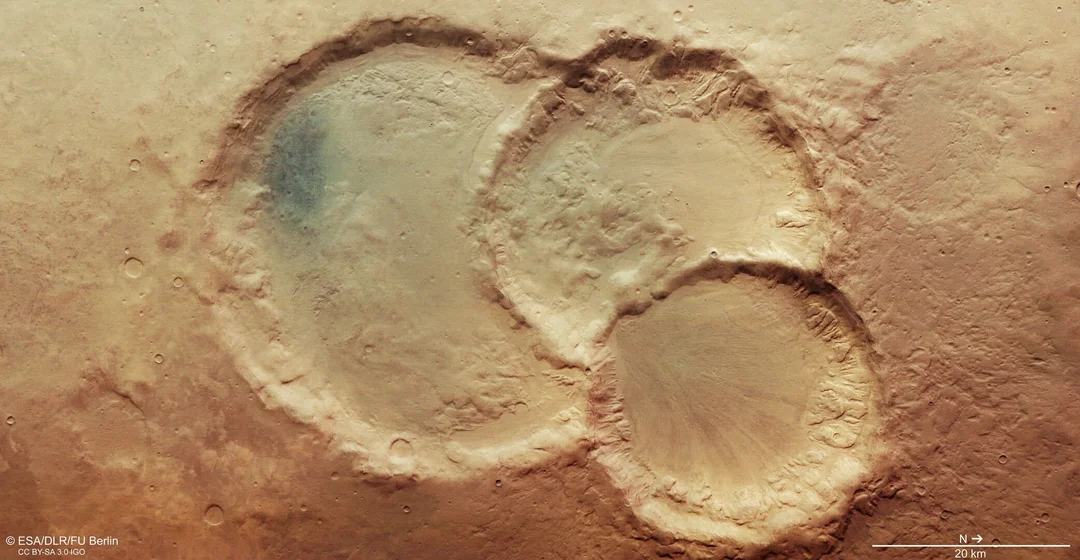
Martian Craters: Unlocking the Secrets Hidden Beneath the Surface
Scientists have discovered a groundbreaking method to probe the Martian subsurface by examining the ejecta from impact craters. This innovative approach, focusing on the size and distribution of ejecta blankets, offers a non-invasive way to gather crucial insights into hidden geological features like glaciers and sediment deposits. The key? Analyzing data collected by orbiting satellites like the Mars Reconnaissance Orbiter. This research could revolutionize our understanding of Mars' past and future, playing a pivotal role in planning future crewed missions.

Aleksandra Sokolowska, a UKRI Fellow at Imperial College London and a former postdoctoral researcher at Brown University, spearheaded the research. The core idea hinges on analyzing the debris thrown out by impact craters. Sokolowska explained, "Historically, researchers have used the size and shape of impact craters to infer the properties of materials in the subsurface. But we show that the size of the ejecta blanket around a crater is sensitive to subsurface properties as well. That gives us a new observable on the surface to help constrain materials present underground."
The team employed computer simulations, co-developed with Gareth Collins of Imperial College London, to understand how different subsurface compositions impact the debris spread. These simulations encompassed several subsurface types, including bedrock, lake sediments, and ice-rich deposits. According to the study published in the Journal of Geophysical Research: Planets, the simulations demonstrated that different materials yield significantly different ejecta patterns.

"The differences in ejecta radius can be quite large, and we predict that they could be measured from orbit with the HiRISE camera onboard Mars Reconnaissance Orbiter," Sokolowska stated. This method allows scientists to study planetary interiors remotely, without the need for risky landing and drilling missions.
To validate their model, the researchers studied two recent Martian impact craters. The crater produced over solid bedrock showed a noticeably larger ejecta blanket compared to the one located over icy ground. This aligned seamlessly with the computer simulations, strengthening the case for the method's accuracy.
This research also has implications beyond Mars. As Sokolowska noted, examining the ejecta pattern could greatly assist in understanding the interior of Dimorphos, an asteroid currently being scrutinized by the ESA's Hera spacecraft following NASA's Double Asteroid Redirect Test (DART) in 2022: "Our work suggests that ejecta that did not escape from the asteroid and blanketed its surface could hold valuable information about the asteroid's interior."

In essence, this discovery holds the key to unlocking a deeper understanding of not just Mars, but other extraterrestrial bodies in our solar system. By carefully measuring ejecta blankets, we could potentially find buried ice deposits or detect the signs of prior locations containing liquid water. Such knowledge is critical to defining the search for past or present life, as well as identifying the locations where future astronauts may find water ice resources.
Could this new methodology reshape future Martian explorations? What other secrets might lie just beneath the surface awaiting discovery? Share your thoughts and insights in the comments below.